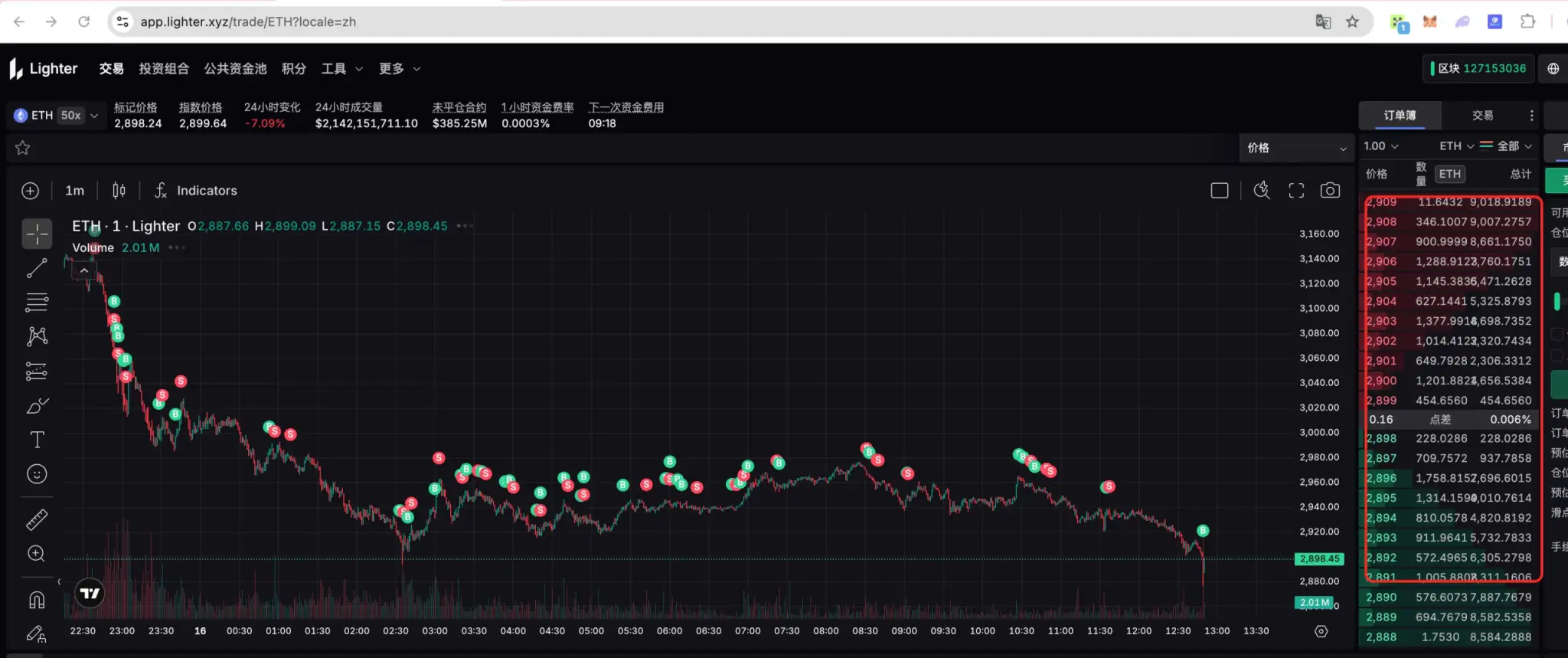假设您是一位热衷于收集好文章的人,每天都希望能够快速获取优质文章并保存在本地,以备离线阅读。但是,手动复制粘贴文章内容并保存为Word文档是一项繁琐的任务,特别是当您需要获取大量文章时。在这篇教程中,我将向您介绍如何使用Python编写一个简单但功能强大的网络爬虫,可以帮助您自动从网站上获取文章并保存为Word文档,让您更轻松地构建自己的文章库。
准备工作
在开始之前,我们需要准备一些工具和环境:
-
Python环境:确保您已经安装了Python,最好使用Python 3.x版本。您可以在Python官网上下载并安装最新版本的Python。
-
代码编辑器:选择一个您喜欢的代码编辑器,例如PyCharm或Visual Studio Code,以便编写Python脚本。
-
必要的库:在本教程中,我们将使用Requests、Beautiful Soup和docx库来进行网络请求、解析HTML和创建Word文档。您可以使用以下命令来安装这些库:
pip install requests beautifulsoup4 python-docx -
网络连接:确保您的计算机能够连接到互联网,因为我们将从网页上获取文章内容。
编写Python爬虫脚本
以下是我们的Python爬虫脚本,它将从指定网站上获取文章并保存为Word文档:
# -*- coding: utf-8 -*-
import time
import random
import requests
import re
from bs4 import BeautifulSoup
from w3lib.html import remove_tags
from docx.oxml.ns import qn
from docx import Document
from docx.enum.text import WD_PARAGRAPH_ALIGNMENT
from docx.shared import Pt
from docx.shared import RGBColor
# 爬取网页
def get_url(URL, SIGN):
headers = {
'User-Agent': 'Mozilla/5.0 (Windows NT 6.1) AppleWebKit/537.36 (KHTML, like Gecko) Chrome/41.0.2228.0 Safari/537.36'}
html = requests.get(URL, headers=headers)
html.encoding = 'utf-8'
soup = BeautifulSoup(html.text, 'lxml')
text = soup.select(SIGN)
return text
# 创建doc
def get_docx(TITLE, BODY):
document = Document()
head0 = document.add_heading(level=1)
head0.alignment = WD_PARAGRAPH_ALIGNMENT.CENTER
title_run = head0.add_run(TITLE)
title_run.font.size = Pt(24)
title_run.font.name = 'Times New Roman'
title_run.element.rPr.rFonts.set(qn('w:eastAsia'), '方正小标宋简体')
title_run.font.color.rgb = RGBColor(0, 0, 0)
document.styles['Normal'].font.name = '宋体'
document.styles['Normal']._element.rPr.rFonts.set(qn('w:eastAsia'), '仿宋_GB2312')
p = document.add_paragraph()
p_run = p.add_run(BODY)
p.paragraph_format.space_before = Pt(30)
p.paragraph_format.alignment = WD_PARAGRAPH_ALIGNMENT.JUSTIFY
p.paragraph_format.line_spacing = Pt(28.8)
p.paragraph_format.first_line_indent = Inches(0.5)
p_run.font.color.rgb = RGBColor(0, 0, 0)
p_run.font.size = Pt(16)
TITLE = re.sub('([^\u4e00-\u9fa5\d])', '', TITLE)
name = 'D:\\Download\\Articles\\' + TITLE + '.docx'
document.save(name)
def main():
n = 0
menus = get_url('http://www.haoword.com', '.infobox .indexleft .infoco .lm .news_title h2 a')
menus_url = []
for menu_url in menus:
menus_url.append(menu_url['href'])
print(menus_url)
for menu_url in menus_url:
time.sleep(random.random())
results = get_url(menu_url, '.infobox .lmleft .infoco2 .lm_addon .articles3 ul li a')
for result in results:
title_url = result['href']
title = result['title']
print(f'{title}:{title_url}')
time.sleep(random.random())
articles_results = get_url(title_url, '.infobox .detail .content p')[1:]
body = remove_tags(str(articles_results))[1:]
get_docx(title, body)
n += 1
print(f'爬取完毕!共爬取 {n} 篇文章。')
if __name__ == '__main__':
start = time.perf_counter()
main()
end = time.perf_counter()
print(f'耗时 {end - start} 秒。')使用说明
-
在脚本中,我们使用了Requests库来发送HTTP请求,Beautiful Soup来解析HTML内容,以及docx库来创建Word文档。
-
通过修改
get_url函数中的URL和SIGN参数,您可以指定要爬取的网站和文章内容的选择器。 -
修改
get_docx函数中的文档保存路径和格式以适应您的需求。 -
运行脚本后,它将自动从指定网站上获取文章并保存为Word文档。
总结
通过这篇教程,您学会了如何使用Python编写一个简单的网络爬虫,用于爬取网站上的文章并保存为Word文档。这个脚本可以帮助您轻松地建立自己的文章库,方便离线阅读和收藏。希望这对您有所帮助!







